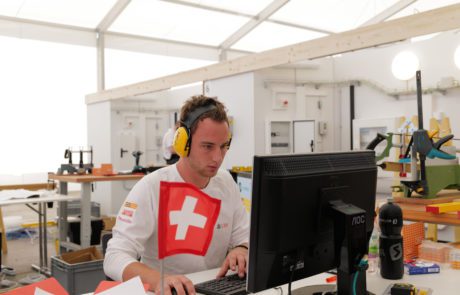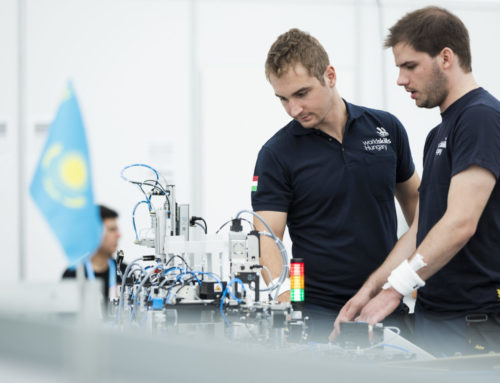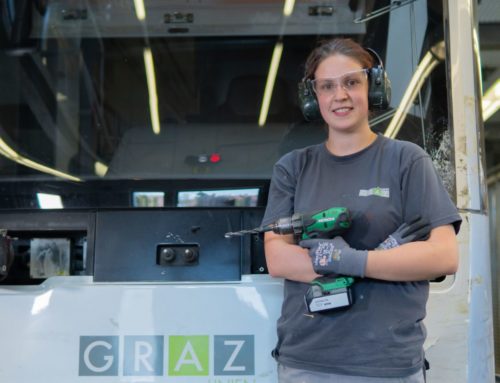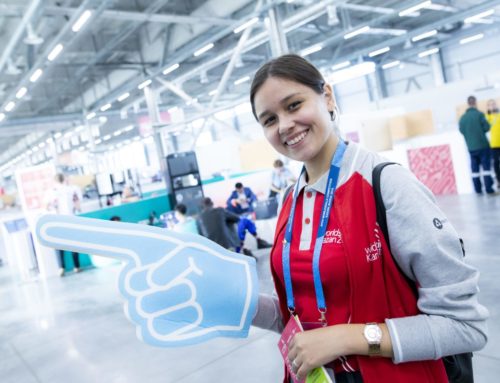EUROSKILLS: THREE EDUCATIONAL SYSTEMS, THREE COMPETITORS, ONE GOAL
Three different education systems, three different Young Professionals, but one and the same goal at EuroSkills: To represent their country as well as they can, and ideally to win a medal.
24 September 2021: The routes taken by the young people to end up at European Skills Championships are many and varied. The Austrian EuroSkills competitor and electrician Stefan Prader, from Styria, explains his career path in detail: “After four years of primary school and four years of lower secondary school, I attended a pre-apprenticeship training college. For me, it was clear from the beginning that I was going to take this route to prepare for an apprenticeship. During the pre-vocational year you have plenty of time to get to know your trade in detail, after all – that’s what this year is for. During each year of my apprenticeship training I spent nine and a half weeks at vocational college, where I was able to focus completely on the classes. I then completed my apprenticeship training in 2016 and was a qualified skilled worker from that point on.” So that he will also be able to run a business in the future, the 24-year-old has recently started studying for the technical qualification examination at the WIFI Steiermark training institution, part of the Styrian Economic Chamber. “The course requires attendance at 600 hours of lessons over ten months. The technical qualification examination is on the same level as the title of ‘master’ used for other skills and trades, which in turn is equivalent to the ‘Bachelor’ level, i.e. level 6 of the Austrian Qualifications Framework.”
A similar education and training route sounds quite different in Switzerland, as reported by electrician Simon Koch: “In Switzerland, elementary school lasts five years. I then went to secondary school, which lasts another four years. After that, you can decide to follow an apprenticeship or study for the final school-leaving examination, which qualifies you for admission to university. I went for an apprenticeship and completed my training with the vocational college-leaving examination.” Apprenticeship training in Switzerland differs from that in Austria in one key area: in Switzerland, you spend one to one-and-a-half days per week at vocational college, and the rest of the week in a company. Simon was the first ever candidate to be nominated for a Skills championship by Bütler Elektro Telecom AG. Having completed his basic training, Simon has just enrolled for a part-time degree at a university of applied sciences. “My degree course started last week. If all goes according to plan, I’ll have completed my Bachelor’s degree in four years and will be a qualified electrical engineer.”
Lisa Marie Winding from Italy went to elementary school for five years, then spent three years at lower secondary school, followed by a one-year basic course at vocational college. She then trained as an apprentice hairdresser for four years. She, too, attended vocational college for one day each week and spent four years working for a company. The 24-year-old could have set up her own hairdressing salon as soon as she completed her apprenticeship training: “You are automatically entitled to do this when you complete your initial apprenticeship training. Previously, this was only allowed once you had become a master hairdresser, but this changed. However, as I have not yet qualified to that level I am only allowed to train one apprentice in my salon.” Lisa Marie will need to pass four exams within six years if she wants to earn the title of master hairdresser: “It would involve taking courses in business, law, education and skills of the trade.”
Three different education systems, three different Young Professionals, but one and the same goal at EuroSkills: to represent their country as well as they can, and ideally to win a medal.
More photos from the EuroSkills 2021 Competition can be found on our Flickr-Account.
Photos Gallery (c) EuroSkills2021/Hobiger.
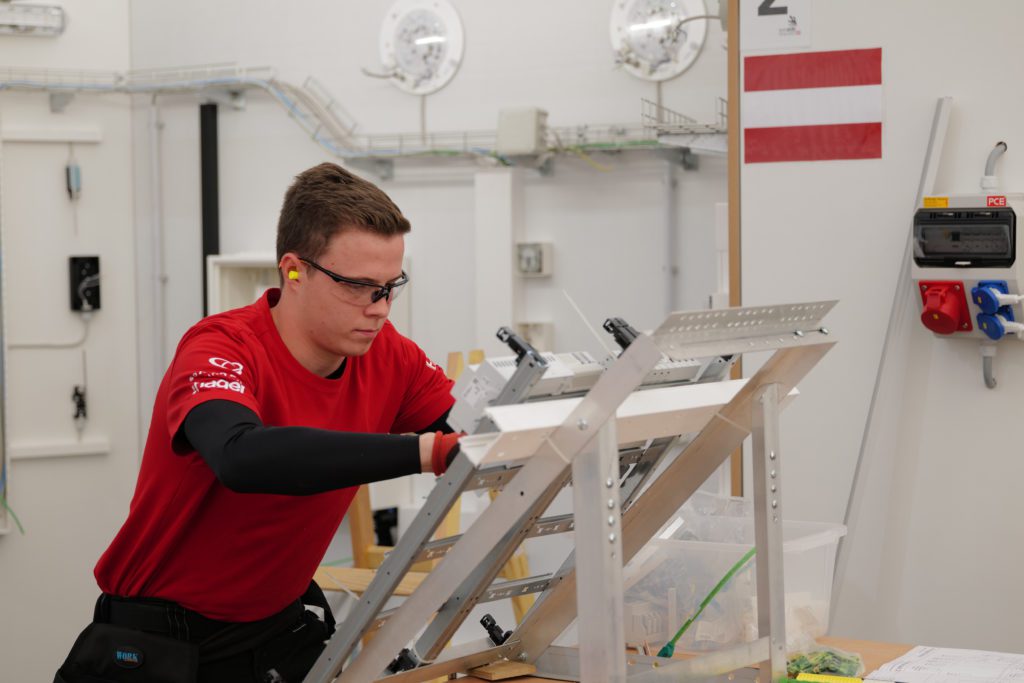
Three countries, three training systems: This blog post shows how different vocational education and training can be. Photo (c) EuroSkills2021/Hobiger.
